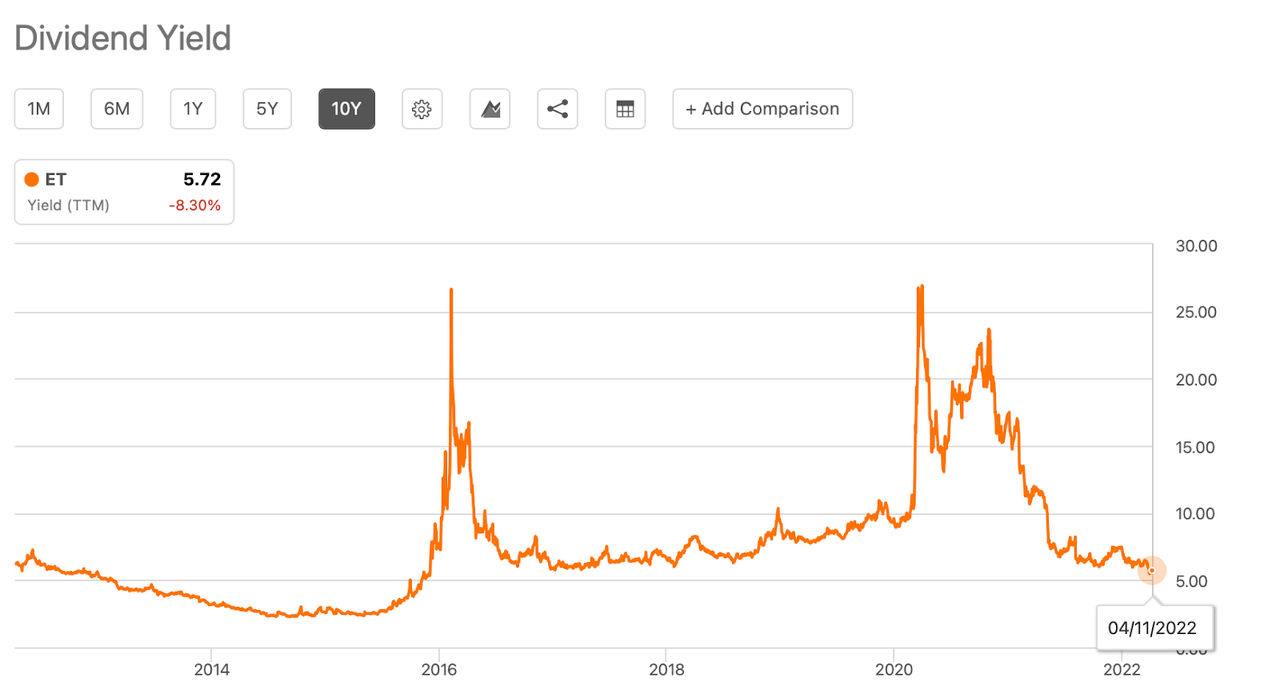
Infrastructure REITs are an internationally recognized asset class. It is well-known because of its liquidity and steady returns. It also has a low initial investment and is relatively insensitive to macro factors. Furthermore, infrastructure REITs revitalize existing assets. These qualities allow them enhance social capital investment channels. They increase the proportion of direct funds and foster the healthy expansion of infrastructure financing. Infrastructure REITs make a great investment tool.
Rent increases
REITs have had difficulty negotiating leases due to the COVID-19 Pandemic, but landlords now have another option. A REIT may offer lease forbearance which allows for deferred or partially forgiving rent payments. It must ensure that the agreement is within the REIT's guidelines. In this article, we'll discuss the options available.

Easy re-leasing
You may be considering investing in an infrastructure REIT. A reit has many advantages. These include tax benefits as well as increased property values and ease of reselling. It is important to consider all factors when making a purchase. Many REITs don't live up their potential. You need to consider the REITs income potential in order to maximize your profits.
Low initial investment
Infrastructure REITs may be the right choice for you if you are looking for an easy way of investing in real estate at low initial costs. You can create an easy-to-manage income stream with the right strategy. Although these investments won't provide a high return, they make a great investment for long-term investors. Although this investment process is straightforward investors should be attentive to interest rates as well as understand the risks.
Low sensitivity for macro factors
Changes in industrial production, inflation and the SKEW index (which measures the tail risk for S&P 500 returns) are not likely to affect REIT returns. These macroeconomic influences are important for a small number of REIT industries, but they don't correlate with REIT profits. The SKEW indicator has positive and detrimental impacts on both retail and office REITs returns. However, this low sensitivity to macroeconomic variables is not universal.
Potential for growth
The rising demand for property is an indication of the growth potential in infrastructure REIT. These investments used to be dominated by buildings like office towers or industrial parks. The industry has recently seen a shift with listed infrastructure being a popular strategy. Its long-term track history shows its potential for growth. Investors now have a greater understanding of the fundamental characteristics and benefits of listed infrastructure.

There are risks
The most common risk of an infrastructure REIT is business disruption. This can be caused by uninsured or unexpected losses that can further increase the company’s existing problems. Nearly 97 percent of REITs consider business interruption to be their top concern. Many REITs underestimate the risk of business interruption. In some cases, the potential damage from business interruption could be catastrophic.
FAQ
What is a REIT?
A real estate investment Trust (REIT), or real estate trust, is an entity which owns income-producing property such as office buildings, shopping centres, offices buildings, hotels and industrial parks. These are publicly traded companies that pay dividends instead of corporate taxes to shareholders.
They are similar companies, but they own only property and do not manufacture goods.
What is the purpose of the Securities and Exchange Commission
SEC regulates brokerage-dealers, securities exchanges, investment firms, and any other entities involved with the distribution of securities. It also enforces federal securities law.
What are the advantages to owning stocks?
Stocks have a higher volatility than bonds. If a company goes under, its shares' value will drop dramatically.
But, shares will increase if the company grows.
Companies often issue new stock to raise capital. Investors can then purchase more shares of the company.
To borrow money, companies use debt financing. This allows them to access cheap credit which allows them to grow quicker.
When a company has a good product, then people tend to buy it. The stock will become more expensive as there is more demand.
The stock price should increase as long the company produces the products people want.
Why are marketable securities important?
The main purpose of an investment company is to provide investors with income from investments. It does this by investing its assets into various financial instruments like stocks, bonds, or other securities. These securities are attractive to investors because of their unique characteristics. They may be considered to be safe because they are backed by the full faith and credit of the issuer, they pay dividends, interest, or both, they offer growth potential, and/or they carry tax advantages.
The most important characteristic of any security is whether it is considered to be "marketable." This refers to how easily the security can be traded on the stock exchange. You cannot buy and sell securities that aren't marketable freely. Instead, you must have them purchased through a broker who charges a commission.
Marketable securities can be government or corporate bonds, preferred and common stocks as well as convertible debentures, convertible and ordinary debentures, unit and real estate trusts, money markets funds and exchange traded funds.
These securities are often invested by investment companies because they have higher profits than investing in more risky securities, such as shares (equities).
Statistics
- Even if you find talent for trading stocks, allocating more than 10% of your portfolio to an individual stock can expose your savings to too much volatility. (nerdwallet.com)
- For instance, an individual or entity that owns 100,000 shares of a company with one million outstanding shares would have a 10% ownership stake. (investopedia.com)
- Ratchet down that 10% if you don't yet have a healthy emergency fund and 10% to 15% of your income funneled into a retirement savings account. (nerdwallet.com)
- The S&P 500 has grown about 10.5% per year since its establishment in the 1920s. (investopedia.com)
External Links
How To
How to make a trading program
A trading plan helps you manage your money effectively. It helps you understand your financial situation and goals.
Before you start a trading strategy, think about what you are trying to accomplish. You might want to save money, earn income, or spend less. You might want to invest your money in shares and bonds if it's saving you money. If you're earning interest, you could put some into a savings account or buy a house. If you are looking to spend less, you might be tempted to take a vacation or purchase something for yourself.
Once you have an idea of your goals for your money, you can calculate how much money you will need to get there. This will depend on where you live and if you have any loans or debts. It is also important to calculate how much you earn each week (or month). The amount you take home after tax is called your income.
Next, you need to make sure that you have enough money to cover your expenses. These expenses include rent, food, travel, bills and any other costs you may have to pay. Your monthly spending includes all these items.
The last thing you need to do is figure out your net disposable income at the end. This is your net income.
You're now able to determine how to spend your money the most efficiently.
To get started, you can download one on the internet. Or ask someone who knows about investing to show you how to build one.
Here's an example.
This is a summary of all your income so far. You will notice that this includes your current balance in the bank and your investment portfolio.
And here's a second example. This one was designed by a financial planner.
It will let you know how to calculate how much risk to take.
Don't attempt to predict the past. Instead, think about how you can make your money work for you today.